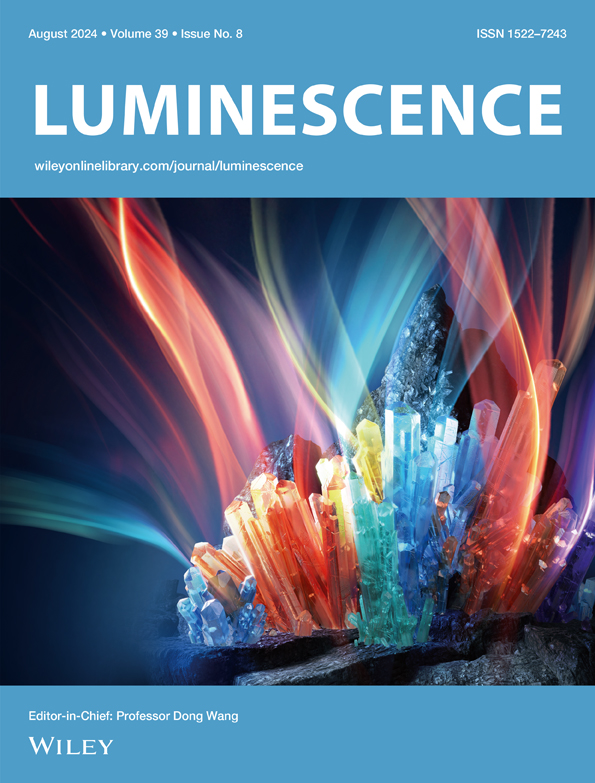Asynchronous Preparation of Host—Guest Structures Enabling In Situ Growth of CsPbBr3: A Key to Forming Confined Perovskite and Its Application in Mercury (II) Ion Detection
Abstract
A significant challenge persists in the form of poor long-term stability of metal halide perovskites under ambient conditions, which has substantially impeded their practical implementation in the field of sensing applications. Herein, CsPbBr3 with a good water stability has been successfully synthesized within the confined nanospace of a ZIF-8. The synthesized material, denoted as CsPbBr3@ZIF-8, was fabricated with ultrafine CsPbBr3 perovskite particles having an average radius of 5 nm. Benefiting from the outstanding optical properties and remarkable water stability of CsPbBr3@ZIF-8, a fluorescent quenching-based sensing platform for the detection of Hg2+ ions in aqueous solutions has been established. This platform relies on direct chemical reactions and features an impressively low detection limit of 8.25 nM, along with a broad linear quantification range spanning from 10 to 5000 nM. The mechanism underlying the fluorescence quenching of CsPbBr3@ZIF-8 by Hg2+ ions was elucidated as photo-induced electron transfer. This conclusion was drawn by comparing the discrepancies in the fluorescence lifetimes of CsPbBr3@ZIF-8 before and after the introduction of Hg2+ ions. This innovative approach not only enhanced the stability of the CsPbBr3 nanocrystals but also opened up new possibilities for their application in various sensing scenarios where aqueous environments are involved.


 求助内容:
求助内容: 应助结果提醒方式:
应助结果提醒方式:


